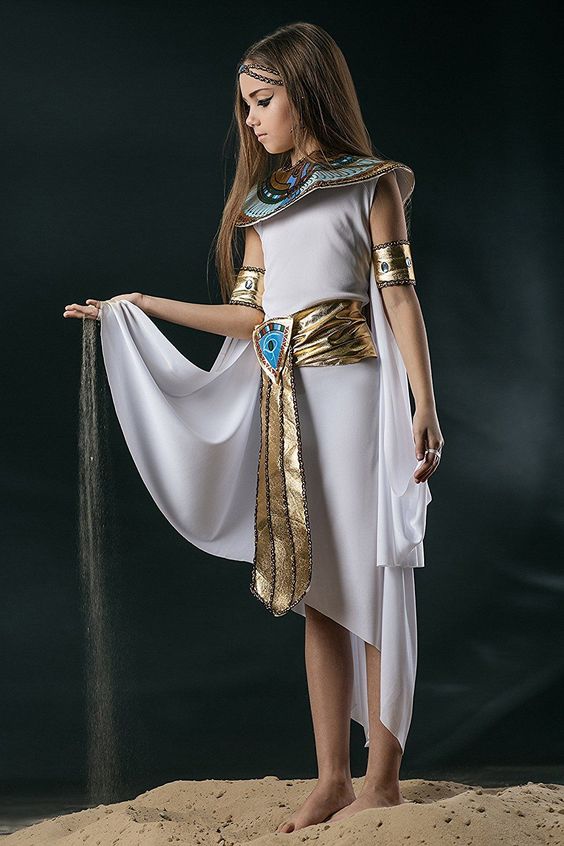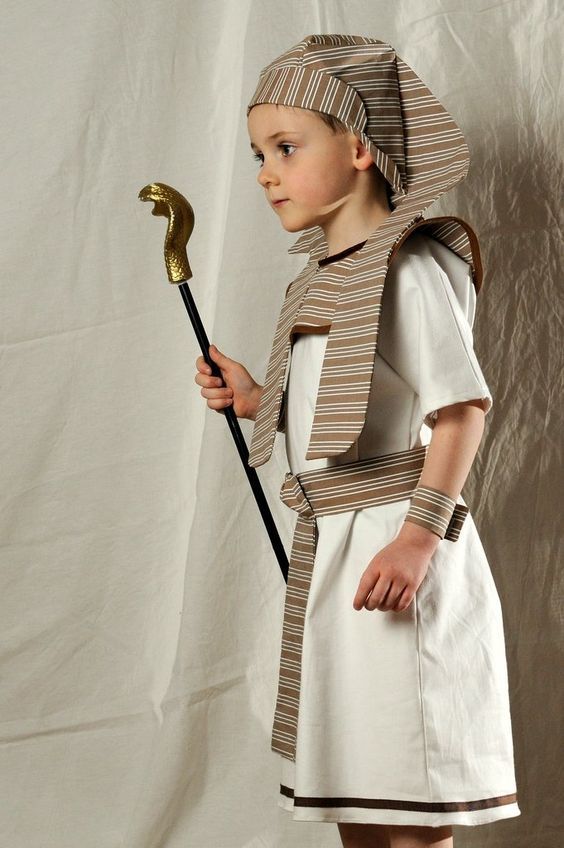LEVEL: Israel

Egyptian Star Gate - Egypt, Portal, Ancient Gods, Ley Lines
ISRAEL - Judaism, Hassids, Rabbis, Torah, Kaballah, Zohar, Talmud, Jerusalem, Ultra Orthodox, Mamonides, Hassidic, Lubavich, Askenazi, egypt, Gods of Egypt, Pyramids, Stargate, Aliens
Exodus, Egypt
The Mummy (1999) - A group of archaeologists accidentally awaken Imhotep, a mummified priest, who seeks to resurrect his lover. The film blends Egyptian mythology (e.g., Anubis, curses) with adventure
The Prince of Egypt (1998) - animated retelling of Moses’ story, including the Exodus and the parting of the Red Sea, set in ancient Egypt with mythological undertones.
The Ten Commandments (1956) - Cecil B. DeMille’s epic depicts Moses leading the Israelites out of Egypt, with iconic scenes like the Red Sea parting. It incorporates Egyptian mythology through the pharaoh’s divine status.
Gods of Egypt (2016) - A mortal thief teams up with Horus to battle Set, who has usurped Egypt’s throne. The film is a fantastical take on Egyptian mythology with gods transforming into animal-like forms.
Stargate (1994) - A sci-fi film where an ancient Egyptian teleportation device leads to a planet ruled by Ra, an alien posing as the Egyptian god.
Land of the Pharaohs (1955) - Pharaoh Khufu obsesses over building a theft-proof pyramid, designed by an enslaved architect. The film focuses on pyramid construction and Egyptian culture. Features detailed pyramid-building scenes with thousands of extras, shot near the Giza pyramids. Offers a dramatic look at pyramid construction with historical detail.
The Star Gate



The girls rea a story onine about anient star gates that have been hidden from public awareness, so they start a kickstarter campaign and raise funds to explore the Pyramids at Giza.
They organize an explorers club meeting, and go off to explor the pyramids at Giza, in Egypt. They sneak into the Sphinx, uncovering a secret passageway that leads beneath the pyramids to a secret chamber. They manage to activate a portal after breaking off several controls by accident.
They go through the star gate, and end up in ancient egypt, where they have no way of getting back home. They are mistaken for wise women, lost teachers, and share what limited technical knowledge they have, but it appears magical to the people of that time period, and they have a trial conducted by the temple priests, where the girls have to prove they are not witches.
They astound everyone and pass with flying colors, earnig them access to the Egyptian gods that keep hidden underground, which tun out to be aliens from ancient Mars.
Ancient Egypt, Moses
- revolution
- Pyramids
- Cleopatra
- Pharaoh
Ancient Aliens Built Pyramids
Stonehenge, Crop Circle
Pyramids
Teluric, Etheric energy
Ancient Megalithic Blocks
Granite, Quartz
Tartarian star forts, buildings, energy accumulators
Water storing energy, fountains, Tartaria
Ancient Underwater Pyramids, Cities, Roads
water - vortex, Viktor Shauberger
well-drilling, primary water
Water and mineral dowsing
Foundations of Judaism
Major Teachers
Judaism has been shaped by numerous influential teachers, or rabbis, whose writings and teachings guide religious and ethical life:
- Moses Maimonides (Rambam, 1135–1204): Philosopher and codifier of Jewish law; authored the Mishneh Torah and Guide for the Perplexed.
- Rashi (1040–1105): Renowned commentator on the Torah and Talmud, whose accessible explanations are foundational in Jewish study.
- Rabbi Akiva (50–135 CE): Talmudic sage, key figure in oral law development, known for his role in the Bar Kokhba revolt.
- Baal Shem Tov (1698–1760): Founder of Hasidism, emphasizing joyful worship and mysticism; influential in Orthodox communities.
- Abraham Joshua Heschel (1907–1972): Modern theologian, blending mysticism and social justice, influential in Reform and Conservative circles.
Judaism’s core texts provide the foundation for religious law, ethics, and theology:
- Tanakh: The Hebrew Bible, comprising the Torah (Five Books of Moses), Nevi’im (Prophets), and Ketuvim (Writings).
- Talmud: Composed of the Mishnah (oral law) and Gemara (commentaries); exists in Babylonian and Jerusalem versions, central to rabbinic Judaism.
- Mishneh Torah: Maimonides’ comprehensive code of Jewish law, organizing halakha systematically.
- Shulchan Aruch: 16th-century code of Jewish law by Joseph Caro, widely used in Orthodox practice.
- Zohar: Primary text of Kabbalah, attributed to Shimon bar Yochai (2nd century CE), though likely authored by Moses de Leon (13th century).
Kabbalah, meaning "received tradition," is Jewish mysticism seeking direct connection with the divine. It explores the nature of God, the universe, and the soul through esoteric interpretations of the Torah. Key concepts include the Sefirot (10 divine attributes), the Tree of Life, and reincarnation (gilgul). Historically, it was restricted to mature scholars due to its complexity and potential for misinterpretation. The Zohar, Sefer Yetzirah, and works by Isaac Luria are central texts. While influential in Hasidic Orthodoxy, Kabbalah is often viewed skeptically by Reform and some Modern Orthodox Jews, who prioritize rationalism. Popularized forms, like those of the Kabbalah Centre, are controversial for diverging from traditional Jewish practice.
Jewish Community
Israel, with about 7 million Jews, is the global center of Jewish life. Jerusalem and Tel Aviv host diverse communities, from Haredi enclaves (e.g., Mea Shearim) to secular and Reform groups. The Chief Rabbinate, Orthodox-dominated, oversees religious matters like marriage and kosher certification. Religious Zionist yeshivot (e.g., Hesder) and Reform institutions like Hebrew Union College’s Jerusalem campus shape education. Communities observe Shabbat and holidays variably, with kosher practices widespread. The Western Wall and other sacred sites are focal points for worship.
New York City hosts one of the largest Jewish populations globally, with over 1 million Jews. Brooklyn’s Borough Park and Williamsburg are Haredi strongholds, with Hasidic groups like Chabad and Satmar. Manhattan’s Upper West Side has vibrant Reform and Conservative communities, with synagogues like Temple Emanu-El. Yeshiva University in Washington Heights is a Modern Orthodox hub. Jewish cultural institutions, like the Museum of Jewish Heritage, and kosher restaurants thrive citywide. Community life includes Shabbat observance, Jewish schools, and organizations like the UJA-Federation.
Orthodox Judaism adheres strictly to the Torah and halakha (Jewish law) as divinely revealed and immutable. It emphasizes observance of commandments (mitzvot), including Shabbat, kosher laws, and prayer. Major teachers include the Vilna Gaon (1720–1797) and Moshe Feinstein (1895–1986). Subgroups include Modern Orthodox, open to secular education, and Haredi (ultra-Orthodox), who prioritize insularity. Yeshivot, like Yeshiva University (NYC) and Mir Yeshiva (Israel), are central for Torah study. Orthodox communities often maintain distinct prayer rites (e.g., Ashkenazi, Sephardi) and strict kosher standards.
Reform Judaism, or Progressive Judaism, emphasizes ethical principles over ritual, viewing Jewish law as non-binding and adaptable to modern life. Originating in 19th-century Germany under Abraham Geiger, it promotes individual autonomy and openness to progressive values. Key texts include the Tanakh and modern commentaries like Etz Hayyim. Reform rabbis, trained at institutions like Hebrew Union College (Cincinnati, NYC, Jerusalem), focus on social justice and inclusivity, ordaining women and LGBTQ individuals. Practices like confirmation ceremonies and relaxed kosher observance are common.
Kosher (Kashrut) laws, derived from the Torah (e.g., Leviticus 11), govern dietary practices. Permitted foods include animals with split hooves that chew cud (e.g., cows, not pigs) and fish with fins and scales. Meat and dairy must not be mixed, requiring separate utensils. Slaughter (shechita) must be humane, performed by a trained shochet. Kosher certification (hechsher) ensures compliance, common in Orthodox and some Conservative/Reform households. Chabad and Haredi communities often emphasize mystical aspects of kashrut, viewing it as a spiritual partnership with God.




